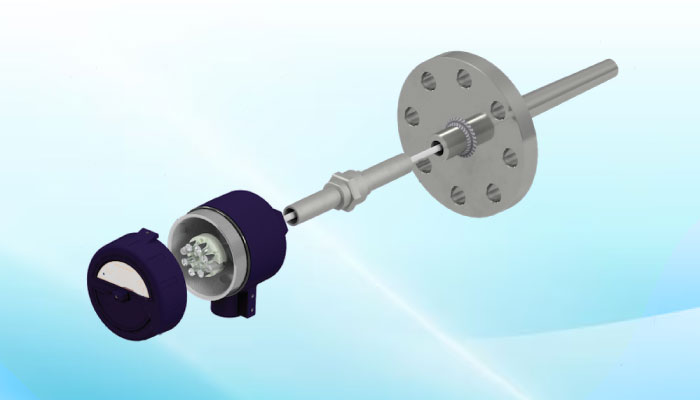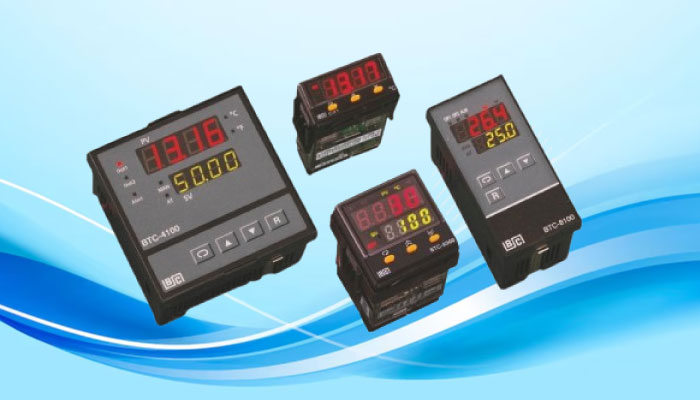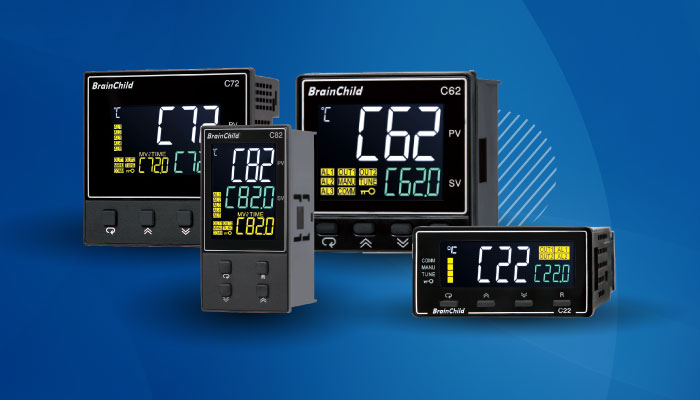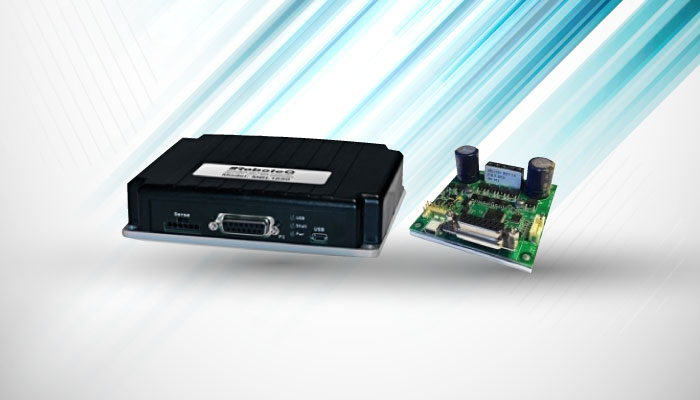Remote Monitoring Made Simple: Exploring the Benefits of Temperature Transmitters

In today's fast-paced industrial landscape, monitoring and controlling environmental conditions remotely has become increasingly important. One of the most crucial parameters to monitor in many industries is temperature, which can significantly impact product quality, safety, and overall operational efficiency. Temperature transmitters, which convert temperature readings into standardized signals that can be monitored remotely, have become indispensable tools. This blog will explore the benefits of temperature transmitters, particularly in the context of remote monitoring, and how they simplify operations across various industries.
Understanding Temperature Transmitters
Temperature transmitters measure temperature and convert it into an electrical signal, which can be easily transmitted and interpreted by other systems, such as control panels, data loggers, or SCADA systems. These transmitters are widely used in industries like manufacturing, energy, food and beverage, pharmaceuticals, and more. They enable continuous temperature monitoring and provide real-time data, ensuring that processes remain within specified temperature ranges.
Temperature transmitters come in various types, including thermocouple transmitters, resistance temperature detector (RTD) transmitters, and infrared temperature transmitters. Each type is suited to different applications, depending on the required accuracy, response time, and environmental conditions.
The Importance of Temperature Monitoring
Maintaining precise temperature control is vital in many industrial processes. For example, in the food and beverage industry, maintaining specific temperatures during cooking, cooling, and storage is essential to ensure product safety and quality. In pharmaceuticals, temperature control is crucial during drug production and storage to maintain the efficacy of the products. In manufacturing, extreme temperatures can affect machinery performance and lead to downtime or even catastrophic failures.
Traditional temperature monitoring methods often involve manual checks, which can be time-consuming, prone to error, and inefficient for large-scale operations. This is where temperature transmitters come in, offering a more reliable and efficient solution for continuous, real-time temperature monitoring.
Benefits of Temperature Transmitters in Remote Monitoring
- Real-Time Data and Increased Accuracy
One of the primary advantages of using temperature transmitters for remote monitoring is the ability to obtain real-time data. These devices continuously measure temperature and send the data to a centralized system, where it can be monitored and analyzed. This real-time data is invaluable for making timely decisions, especially in critical situations where temperature fluctuations could lead to significant problems.
Additionally, temperature transmitters offer high accuracy and repeatability, ensuring that the data being monitored is reliable. This is particularly important in industries like pharmaceuticals, where even minor deviations in temperature can affect product quality.
- Enhanced Operational Efficiency
By automating the temperature monitoring process, transmitters significantly enhance operational efficiency. Manual temperature checks require personnel to be physically present, which can be labor-intensive and time-consuming. With remote monitoring through temperature transmitters, operators can oversee multiple processes simultaneously without needing to be on-site.
This efficiency extends to maintenance as well. Temperature transmitters can be integrated with predictive maintenance systems, alerting operators to potential issues before they become critical. For instance, if a transmitter detects an abnormal temperature rise in a piece of machinery, it can trigger an alert, allowing for timely maintenance and preventing costly downtime.
- Improved Safety and Compliance
Temperature transmitters play a crucial role in ensuring safety and compliance with industry regulations. In environments where temperature control is critical to safety—such as chemical processing plants or food storage facilities—accurate and continuous monitoring is essential to prevent accidents or product spoilage.
Regulatory bodies often require detailed records of temperature data to ensure compliance with safety standards. Temperature transmitters facilitate easy data logging and reporting, helping companies meet regulatory requirements and avoid penalties. The ability to monitor and record temperature remotely also means that compliance audits can be conducted more efficiently, with all necessary data readily available.
- Scalability and Flexibility
Another significant benefit of temperature transmitters is their scalability. Whether you’re monitoring a single process or an entire facility, temperature transmitters can be easily scaled to meet the needs of your operation. They can be integrated into existing systems and configured to monitor multiple points simultaneously, providing comprehensive coverage.
The flexibility of temperature transmitters also allows them to be used in a wide range of applications. From harsh industrial environments to sensitive laboratory settings, these devices can be tailored to specific needs. Wireless temperature transmitters, in particular, offer the added benefit of being easy to install and relocate, making them ideal for dynamic environments where monitoring needs may change over time.
- Cost-Effectiveness
While the initial investment in temperature transmitters and the associated remote monitoring infrastructure may seem significant, the long-term cost savings are considerable. By reducing the need for manual labor, minimizing downtime through predictive maintenance, and ensuring compliance with regulatory standards, temperature transmitters can lead to substantial cost reductions.
Moreover, the ability to detect and address issues early—before they escalate into more significant problems—further enhances the cost-effectiveness of these devices.
- Integration with IoT and Industry 4.0
As industries increasingly adopt IoT (Internet of Things) and Industry 4.0 technologies, temperature transmitters are playing a key role in this digital transformation. Modern temperature transmitters can be integrated into IoT networks, allowing for seamless data collection, analysis, and control through connected devices.
This integration enables more advanced monitoring capabilities, such as predictive analytics, which can anticipate future temperature trends and adjust processes accordingly. It also facilitates remote access to temperature data from anywhere in the world, providing greater control and flexibility to operators and decision-makers.
Conclusion
Temperature transmitters are indispensable tools for modern industries, offering numerous benefits that enhance efficiency, safety, and operational effectiveness. By enabling real-time remote monitoring, these devices help businesses maintain precise temperature control, reduce operational costs, and ensure compliance with industry standards.
As technology continues to evolve, the role of temperature transmitters in industrial processes will only become more significant. For businesses looking to optimize their operations and stay competitive, investing in high-quality temperature transmitters is a smart move. These devices not only simplify the monitoring process but also contribute to long-term success by improving reliability and performance across the board.
Optimize Your Operations with Theta Controls' Advanced Temperature Transmitters!
Ensure precision, safety, and efficiency in your industrial processes with our cutting-edge temperature transmitters. Whether you're monitoring a single process or an entire facility, Theta Controls has the solutions to meet your needs.
Ready to take your operations to the next level?
Contact us today to learn more.


